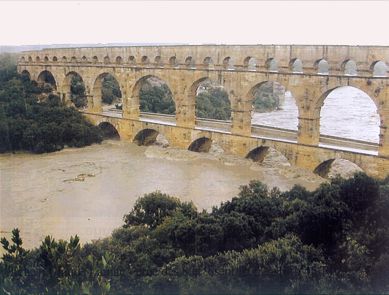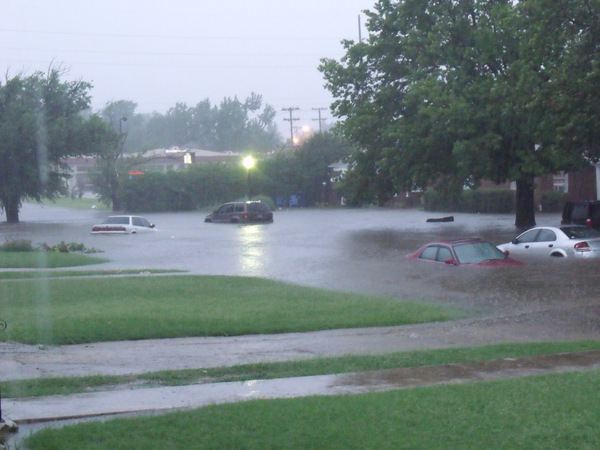10-year project expected to reveal important findings beneficial to the United States
NOAA, NASA and the University of Connecticut are representing the United States in the Hydrological Cycle in the Mediterranean Experiment (HyMeX), the largest weather field research project in European history.
HyMex is a 10-year international effort to better understand, quantify and model the hydrologic cycle in support of improved forecasts and warnings of flash floods in the Mediterranean region.
The project targets central Italy, southern France, the Balearic Islands, Corsica and northern Italy — all areas particularly susceptible to devastating flash flood events. Improved understanding of the land, atmosphere and ocean interactions that contribute to flash flooding in this part of the world will advance the state of the science that will ultimately be represented in forecast models with application in the United States.
NOAA National Severe Storms Laboratory (NSSL) researchers will operate a mobile radar, NOAA – XPol (NOXP), in southeast France from Sept. 10 to Nov. 10. This is the first of several special observation periods during the HyMeX 10-year timeframe. Additionally, NOAA’s Satellite and Information Service is sponsoring scientists from New Mexico Tech to operate and evaluate a Lightning Mapping Array during HyMeX to support product development and validation for the future Geostationary Lightning Mapper on NOAA’s GOES-R satellite, which is scheduled to launch in late 2015.
The radar will provide high-resolution data and low altitude scans to help determine the size of the raindrops, the intensity of rainfall, and rainfall rates to help predict flash flooding conditions in the Cévennes Vivarais region of France.
During autumn, onshore moisture from the Mediterranean Sea encounters the 5,000-feet high Cévennes Mountains in southeast France making numerous towns and villages particularly subject to severe flash flood events.

“Data collected in the air, at sea and on land will shed light on how catastrophic flash-flooding events begin, which may help local officials better prepare for and respond to these types of emergencies,” said Jonathan Gourley, Ph.D., an NSSL research hydrologist.
Other sensors include three instrumented research aircraft, three research ships, buoys, ocean sensors, additional mobile precipitation radars, cloud radars and microradars, hundreds of rain gauges, ten disdrometers (to measure size and speed of individual raindrops), a dozen lidars, sonar, instrumented balloons, wind profilers, and a lightning mapping array.
NSSL’s participation in HyMeX is sponsored by MétéoFrance, and operations are coordinated with the Cévennes-Vivarais Mediterranean Hydro-Meteorological Observatory, The University of Grenoble, NASA, University of Connecticut and Cemagraf.



